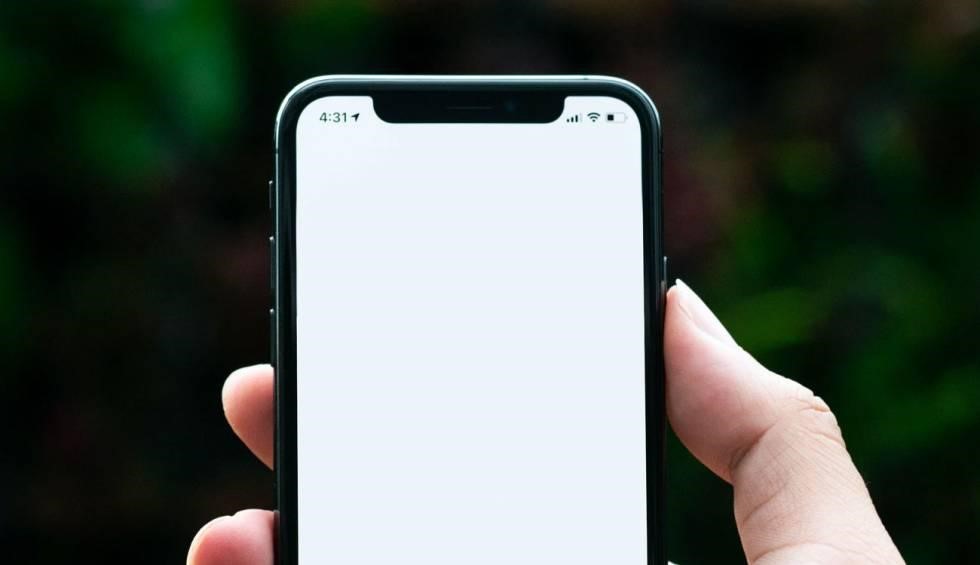About the Invention
In contemporary times smartphones have become an essential part of an individual, and have transcended their primary objective of facilitating communication to become an essential part of everyday life. Mobile phones have evolved in terms of functionality and physical appearance. Big tech companies are investing millions of dollars on the design and style of smartphones. Consumers are looking for more compact phones with better cameras, and overall enhanced aesthetic appearances.
Drastic changes were ushered in when Apple launched its iPhone X back in 2017,a phone with practically no bezels, Bezel is like a frame around a photograph. It adds structural integrity to a phone. Everything in the front of the device which is not a screen is a bezel. Today most companies are racing to create a much larger screen reducing the size of the bezel in the process.
However no smartphone company was successful in achieving a completely bezel-less smartphone as the front facing camera had to be accommodated to form a notch. A Notch is a cut out portion which allows the selfie/front-facing camera to exist.
The notch in the display has been a major impediment in achieving a bezel-less display. Some of the companies came up with pop-up cameras as an option, but those were only possible by compromising the structural integrity of the smartphone and other important safety features like IP68 (water resistance) ratings and durability of the smartphone in general.

So, the question arises: what must be done to get rid of the smartphone notch?
Google’s recent invention gives the impression of finally solving this problem, achieving a completely bezel-less display in a manner which might change the smartphone industry forever.
Google filed for a patent for an under display camera (Application. No.: 16 / 671,896) on November 1, 2019. The patent explains how the camera module can be accommodated under the display, hence getting away without needing a notch or any sort of distortion on the display.
The Invention
Google’s patent relates to a camera that moves under the display. The patent eliminates notches, punch holes, and other design elements to integrate the selfie camera and other sensor arrays beneath the display. The ingenious design conceals the sensors, camera, and additional small screen behind a transparent window on the display. It utilizes a movable prism to either let light into the camera or project the display onto a window.

This is not the first time a company has come up with this idea, Samsung and Xiaomi had filed a similar patent, but Google seems to have done it differently by integrating the auxiliary display differently, with the camera sensor and lens placed under the screen and the second screen placed directly opposite the camera under the primary screen. As shown in the image above, the system uses a prism or mirror placed between the camera and the auxiliary display.
Given that this is a new technology that can be difficult to implement properly, Google appears to have devised an innovative solution. In September of last year, the company filed a patent for a “full-screen display with a sub-display camera” in which the front camera is placed beneath the screen and an additional display panel is integrated. This is the OLED display with the same pixel density as the primary display.
When the camera is not in use, the content displayed on the second OLED screen is reflected on the primary display through the prism. Once the camera is activated, the prism rotates to allow the incoming light to reach the camera, allowing the user to capture photos and videos of high quality. The documentation indicates that the optical module is protected by a window measuring between two and three millimetres in width. The small auxiliary display contains three sensors that may be an ambient sensor, a proximity sensor, and/or an infrared (IR) sensor that could be used for 3D face detection, as Google has indicated this feature will return in future smartphone models launched by them.
Device Feasibility
While some companies have already developed products with under-the-screen cameras, they had to compromise with the camera quality and the integrity of the lens of the front facing camera. Google seems to have devised a solution to overcome these impediments.
Traditional under-display implementations consist of a semi-transparent display cut-out concealing a camera. While this allows the front camera to capture images, the low Visible Light Transmission (VLT) value of the setup degrades the overall photo quality. Google’s patent proposes a window with complete transparency. This should significantly improve the VLT, which will have an immediate effect on the quality of selfies.
Google’s patent surely has the potential to radically change the smartphone industry, with the implementation of this tech under the display camera will surely become ubiquitous in the near future.
Author: Aditya Kumar, Legal Intern at PA Legal.
In case of any queries, kindly contact us here.
Thank you for reading our blog! We’d love to hear from you! 🙂
- Are you Interested in IP facts?
- Would you like to know more about how IP affects everyday lives?
- Have any questions or topics you’d like us to cover?